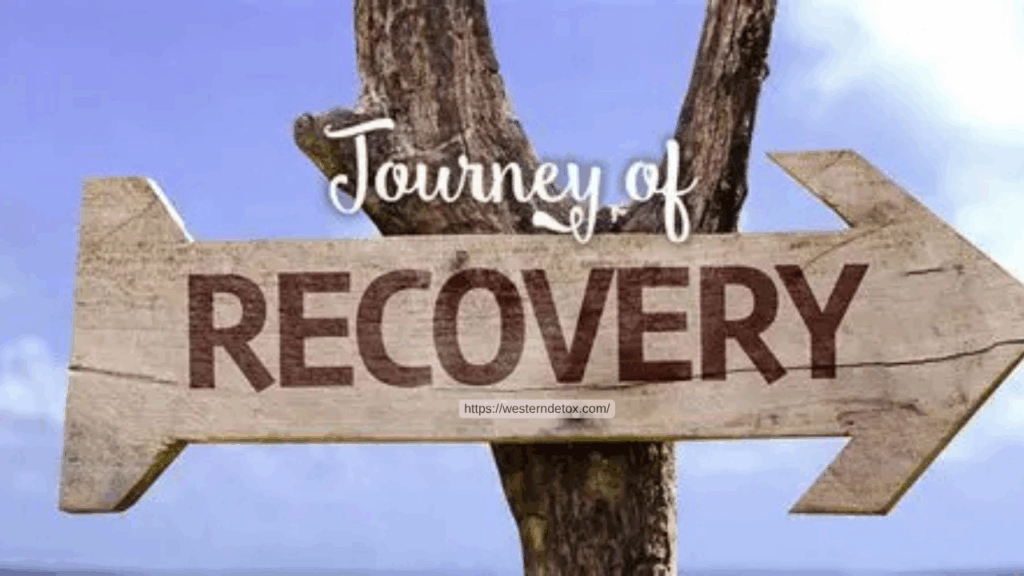
For many Canadians struggling with addiction, the first step toward recovery is often the hardest—accessing a detox program. Detox provides a safe, medically supervised environment to manage withdrawal and begin the journey to long-term healing. Yet across the country, waitlists for detox services continue to grow, creating delays that can compromise health, motivation, and recovery outcomes. Moving from waitlists to wellness requires a systemic approach that prioritizes timely access, holistic care, and individualized support for every person seeking help.
The Challenge of Growing Detox Waitlists
Detox waitlists in Canada reflect a complex set of challenges. Urban centers may have multiple facilities, but demand often exceeds available capacity. In rural and remote areas, the situation is even more difficult, with few local options and long travel distances.
Health Risks of Delayed Access
Delays in detox are not just inconvenient—they can be dangerous. Without immediate support, individuals may attempt to manage withdrawal on their own, increasing the risk of relapse, overdose, and other medical complications. The longer a person waits, the more severe withdrawal symptoms may become, and the more likely they are to experience setbacks before recovery can even begin.
Impact on Mental Health and Motivation
Addiction is often intertwined with mental health challenges, including anxiety, depression, and trauma. Waiting for care can intensify these struggles, leaving individuals feeling hopeless or discouraged. The window of readiness is short, and long wait times risk losing the critical motivation that prompted someone to seek help.
Building a Stronger Detox System
A more resilient and responsive detox system in Canada requires innovation, collaboration, and a holistic approach to care.
1. Expanding Public-Private Partnerships
Collaboration between public health systems and accredited private detox centers, such as Western Detox, can dramatically reduce wait times. By offering timely referrals to private facilities when public beds are full, more individuals can begin treatment immediately and safely.
2. Increasing Accessibility in Rural Areas
Expanding satellite detox programs, telehealth assessments, and mobile support services can bring care closer to those living outside urban centers. Localized options reduce travel barriers and ensure individuals receive support when they are ready.
3. Offering Holistic and Individualized Care
Detox is not just about physical stabilization. Facilities like Western Detox provide comprehensive care that includes emotional support, mental health counseling, and faith-based guidance. This whole-person approach ensures that clients leave detox not only sober but prepared for long-term recovery.
4. Strengthening Continuity of Care
Detox is the first step in a continuum of recovery. By integrating inpatient, outpatient, and mental health services, individuals can transition smoothly from initial detox to therapy, rehabilitation, and ongoing support. Coordinated care reduces relapse risk and enhances long-term recovery outcomes.
Why Timely Access Matters
Immediate access to detox services saves lives, protects mental and physical health, and preserves the motivation that fuels recovery. Every day that someone waits is a day that their recovery journey is delayed, increasing the risk of harm and missed opportunities for change.
The Role of Western Detox
At Western Detox, clients receive individualized, compassionate care designed to meet their unique needs. With a focus on holistic healing, medical supervision, and emotional support, Western Detox ensures that every person receives the guidance and tools necessary for a successful start to recovery. By bridging gaps in access, the facility plays a critical role in moving individuals from waitlists to wellness.
Taking the First Step Toward Recovery
Addiction is urgent, and recovery cannot wait. Building a stronger detox system in Canada requires timely access, integrated care, and compassionate support at every stage.
If you or a loved one is ready to begin the journey toward healing, contact Western Detox today. With professional, individualized care and a commitment to holistic wellness, your path from waitlist to recovery can start today.








